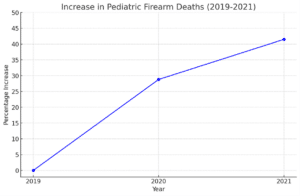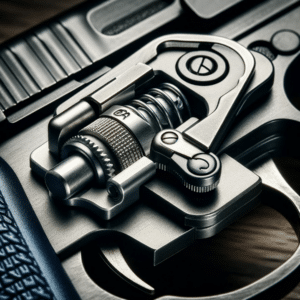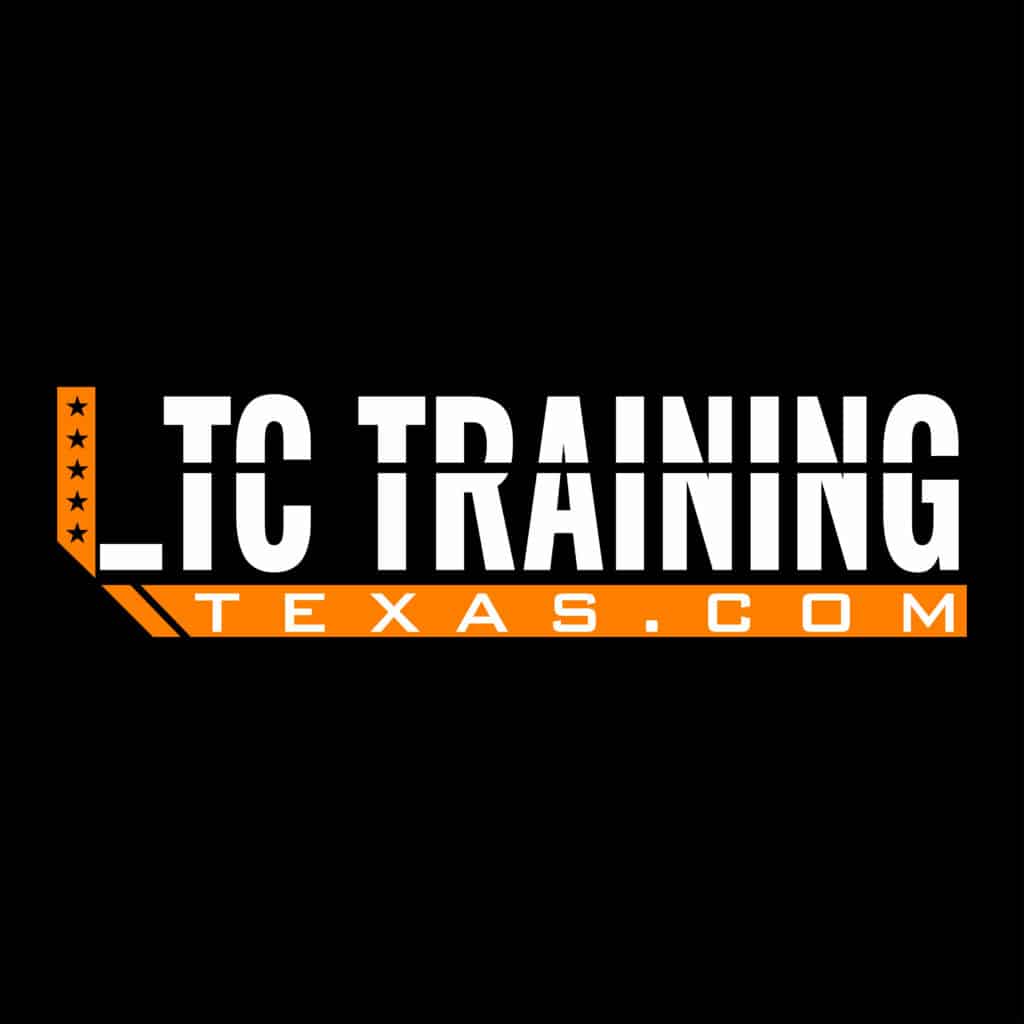
In a world where firearms are a significant part of many cultures and households, the importance of safety cannot be overstated. Each year, stories of accidental shootings serve as somber reminders of what can happen when firearms are not handled with the utmost care and respect. Statistics reveal a troubling reality: thousands of preventable injuries and deaths occur due to mishandling or improper storage of firearms. This stark reality underscores the critical need for education and strict adherence to safety practices.
This article aims to serve as a foundational guide for young shooters and their guardians, emphasizing the ABCs of firearm safety. By instilling these principles at an early age, we can work towards a future where firearm accidents are rare exceptions rather than recurring tragedies. Our objective is clear: to equip the next generation of firearm users with the knowledge and respect necessary to ensure safety for themselves and those around them.
The importance of Firearm Safety
The critical need for safe firearm handling among young shooters is highlighted by a 50% increase in firearm-related deaths among U.S. children and teens from 2019 to 2021, with homicides, suicides, and accidents being major contributors.

This rise reflects broader trends of escalating gun deaths across all ages, with 2021 marking the highest recorded total. The data shows significant racial and age disparities, with boys, older children, and Black youths disproportionately affected. Firearms have become the leading cause of death among children, surpassing motor vehicle accidents. Accidental shootings, often occurring at home and involving known individuals, underscore the urgency for preventive measures like child-proof safety features. The psychological aftermath of gun violence, including PTSD and academic challenges, especially affects Black children, emphasizing the need for comprehensive firearm safety education and responsible practices to mitigate these risks and disparities.
| # | Statistic | Data |
| 1 | Increase in gun deaths among children and teens (2019-2021) | 50% increase |
| 2 | Percentage of gun deaths by cause in 2021 (Homicides) | 60% |
| 3 | Percentage of gun deaths by cause in 2021 (Suicides) | 32% |
| 4 | Percentage of gun deaths by cause in 2021 (Accidents) | 5% |
| 5 | Pediatric firearm deaths increase (2019-2020) | 28.8% increase |
| 6 | Children living in households with at least 1 unloaded, unlocked gun | Over 4.6 million |
| 7 | Spike in accidental shooting deaths by minors (March 2020 vs March 2019) | 43% spike |
| 8 | Parents extremely/very worried about their children getting shot | 22% |
| 9 | Parents somewhat worried about their children getting shot | 23% |
Understanding Firearm Safety
At the core of responsible firearm handling are fundamental safety rules that, when followed diligently, significantly reduce the risk of accidents. These rules are not just guidelines but essential practices that every shooter, regardless of age or experience, must embrace.
- Treat Every Firearm as if it Were Loaded: This rule instills a mindset of caution and respect towards firearms. By assuming a firearm is always loaded, handlers are more likely to act with the careful consideration necessary to prevent accidental discharges.
- Always Point the Firearm in a Safe Direction: Identifying a safe direction means ensuring that even if the firearm were to discharge, it would not result in injury or damage. This practice is fundamental in all situations, whether at the range, during cleaning, or simply moving a firearm from one place to another.
- Keep Your Finger Off the Trigger Until Ready to Shoot: This precaution prevents unintended firings, which can occur from sudden movements or shocks. The finger should rest along the side of the firearm’s frame until the shooter is aimed at the target and has decided to shoot.
- Be Aware of Your Target and What is Beyond It: Bullets can travel significant distances and penetrate various materials. Understanding what lies beyond the target is crucial to ensure that even if a shot misses or passes through, it does not endanger lives or property.
The significance of these rules cannot be overstated. They form the foundation upon which safe firearm handling is built. By adhering to these principles, young shooters learn to approach firearm use with the seriousness and respect it demands, laying the groundwork for a lifetime of safe and responsible shooting.
The Basics of Firearm Handling
Understanding the basics of firearm handling is crucial for young shooters to ensure they operate firearms safely and responsibly. This section delves into the different types of firearms, their parts, and the proper methods for loading and unloading, as well as the fundamentals of a correct shooting stance, grip, and sighting.
Different Types of Firearms and Their Parts: Firearms come in various types, including rifles, shotguns, and handguns, each designed for specific purposes and operating mechanisms. It’s important for young shooters to recognize these differences, as the handling and safety measures may vary. Key components common to most firearms include the barrel, trigger, magazine (or chamber, in the case of some firearms), and safety mechanisms. Understanding these parts and their functions is the first step toward safe handling.
Loading and Unloading a Firearm: Safely loading and unloading a firearm is a fundamental skill. This process requires meticulous attention to ensure that the firearm is handled safely and is ready for use or storage. Always ensure the firearm is pointed in a safe direction during this process, and verify that it is unloaded when not in use. The specific steps can vary by type of firearm, so it’s essential to follow the manufacturer’s instructions or seek guidance from a knowledgeable adult or instructor.
Correct Stance, Grip, and Sighting: A proper shooting stance provides a stable platform for shooting, enhancing both accuracy and safety. The stance varies slightly between types of firearms but generally involves standing with your feet shoulder-width apart, with a slight bend in the knees. The grip should be firm and steady, allowing you to control the firearm without strain. Sighting, or aiming, is critical for ensuring that shots are accurately placed. Young shooters should be taught to align the firearm’s sights with the target, maintaining focus on the front sight.
The Importance of Maintaining and Cleaning Your Firearm: Regular maintenance and cleaning are vital to keep a firearm in good working condition and prevent malfunctions. This includes checking the firearm for wear and tear, cleaning it after use, and storing it properly. Young shooters should learn the importance of regular maintenance and either how to safely clean their firearms under supervision or ensure they are cleaned by a responsible adult.

Safe Storage and Transportation
Proper storage and transportation of firearms are critical in preventing accidents and ensuring that firearms do not fall into the wrong hands, especially those of children or unauthorized individuals.
Proper Storage Solutions: Firearms should be stored unloaded and locked in a safe, cabinet, or with a gun lock to prevent unauthorized access. Ammunition should be stored separately. Safe storage solutions can include biometric safes, key-lock boxes, or other secure locking
devices that meet the owner’s specific needs and local laws.
Safe Transportation Practices: When transporting firearms, it’s important to keep them unloaded and locked in a hard-sided, locked case. Ammunition should be transported separately. Adhering to local and federal laws regarding the transportation of firearms and ammunition is essential. This includes understanding the regulations related to traveling with firearms in vehicles, across state lines, and via different modes of transportation.

Legal Considerations and Regulations: Gun owners must be familiar with the legal requirements for storing and transporting firearms in their jurisdiction. Laws vary widely from place to place and can dictate how and where firearms can be stored and transported. Understanding these laws is essential for compliance and for ensuring the safety of both the gun owner and the community.
By mastering the basics of firearm handling and adhering to safe storage and transportation practices, young shooters and their guardians can contribute to a culture of safety and responsibility within the shooting community. This foundation not only prevents accidents but also instills a lifelong respect for firearms and their potential risks.
Range Safety and Etiquette
Shooting ranges are environments where safety protocols and etiquette are paramount, not only for the safety of the shooter but also for the safety of others present. Understanding and adhering to range safety rules and proper etiquette ensures a safe and enjoyable experience for everyone.
| Section | Key Points |
| Understanding Range Commands | – Essential for shooting range safety. – Common commands include “Cease Fire,” “Range Is Hot,” and “Range Is Cold.” – Importance of learning these commands and immediate compliance. |
| The Do’s and Don’ts of Shooting Range Behavior | – Do’s: Wear safety gear, follow range rules, keep the gun pointed downrange. – Don’ts: Horsing around, handling firearms behind the firing line, distracting others. – Proper etiquette respects the sport, facility, and fellow shooters. |
| How to Interact with Others Safely at the Range | – Communicate clearly and be aware of surroundings. – Respect others’ space and concentration. – Offer/receive advice courteously, prioritizing safety and technique. |
| The Role of Range Safety Officers (RSOs) | – Oversee shooting activities and ensure safety protocols are followed. – Young shooters should respect and follow RSO guidance. – RSOs provide valuable safety information and shooting advice. |
Educating Young Shooters
Introducing young shooters to firearms and firearm safety is a significant responsibility that requires careful consideration and planning. The goal is to instill a deep respect for firearms and an understanding of the serious consequences of unsafe handling.
| Section | Key Points |
| The Right Age to Introduce Children to Firearms and Firearm Safety | – No universal age; depends on the child’s maturity, interest, and ability to follow safety rules. – Guardians should assess readiness and introduce firearms safely and educationally. |
| How to Teach Young Shooters About Respect for Firearms and Their Potential Danger | – Start with fundamental safety rules and explain their importance. – Use age-appropriate discussions on the consequences of unsafe handling. – Hands-on instruction under close supervision builds safe handling skills. |
| Role Modeling and the Impact of Adult Behavior on Young Shooters | – Adults’ consistent, safe firearm handling and respect for the seriousness of firearm use are critical. – Adult behaviors and attitudes significantly influence young shooters, underscoring the need for exemplary safety and responsibility. |
| Interactive and Engaging Ways to Educate Young Shooters About Safety | – Utilize interactive learning, such as hands-on practice, safety games, and youth safety courses. – Encourage questions and discussions to deepen understanding and respect for safe handling. |
The Role of Supervision
Adult supervision is paramount when it comes to young shooters learning and practicing firearm handling. This section emphasizes the importance of constant, vigilant oversight to ensure the safety of young enthusiasts and those around them.
Importance of Adult Supervision: Adult supervision ensures that safety protocols are followed and provides an immediate response if unsafe behavior occurs. Supervisors can correct improper handling techniques, answer questions, and model safe behavior. The presence of a knowledgeable adult is especially crucial when young shooters are learning new skills or when they are in environments with other shooters, such as shooting ranges.
Guidelines for Supervising Young Shooters: Effective supervision involves more than just being present. It includes actively engaging with young shooters, demonstrating proper techniques, and continuously reinforcing safety rules. Supervisors should maintain a close proximity to intervene if necessary, ensure the firearm is handled safely at all times, and encourage questions and discussions about safe practices.
Creating a Positive and Safe Learning Environment: Encouragement and positive reinforcement are vital in teaching young shooters. A supportive environment helps learners feel confident in asking questions and expressing concerns. Supervisors should foster an atmosphere where safety is the top priority, and learning from mistakes is part of the process. This approach helps build a solid foundation of respect and responsibility towards firearm handling.
Advanced Safety Considerations
As young shooters become more experienced, introducing more advanced safety topics is essential for their development. This section covers additional safety considerations, such as dealing with firearm malfunctions, understanding ballistics, and the importance of continued education and training.
Dealing with Firearm Malfunctions: Understanding how to safely resolve common firearm malfunctions is crucial. Young shooters should learn the basic types of malfunctions and the proper procedures for safely clearing them, always under the guidance of an experienced adult.
Understanding Ballistics and Ammunition Types: A basic knowledge of ballistics and different types of ammunition can enhance a young shooter’s understanding of how firearms work and the importance of choosing the right ammunition for their firearm and shooting activity.
Importance of Continuous Education and Training: Safety education and skill development are ongoing processes. Young shooters, along with their guardians, should seek out advanced training courses, workshops, and other learning opportunities. This commitment to continuous improvement not only enhances safety but also enriches the shooting experience.
Conclusion
This article has traversed the comprehensive landscape of firearm safety for young shooters, from the foundational principles of handling and storage to the nuanced realms of range etiquette and advanced safety considerations. The collective responsibility of the shooting community—guardians, instructors, and the young shooters themselves—is to uphold the highest standards of safety and responsibility.
Emphasizing the significance of adult supervision, continuous education, and a culture of safety, we underscore the importance of a united effort in nurturing knowledgeable, respectful, and safe young participants in the shooting sports. Let this article serve as both a guide and a reminder that the journey of learning and practicing firearm safety is ongoing, demanding vigilance, dedication, and a commitment to excellence from all involved.
In closing, we encourage ongoing dialogue about safety, training, and responsible firearm handling within the shooting community. By fostering an environment of continuous learning and respect for firearms, we can ensure a safer future for everyone involved. Remember, safety is not just a practice but a mindset that extends beyond the range or field, integral to every aspect of firearm ownership and use.






